A Short Story Audience with Hemingway, Fitzgerald, Hanks & Cameron
What I am writing is one of the sanest things I’ve ever come to know in my life. Each evening of late, I’ve had private, short story audience with Ernest Hemingway, F. Scott Fitzgerald, Tom Hanks, and Julia Cameron.
Realizing that Hem., aka Papa, committed suicide in July 1961, and that Fitzgerald died of a heart attack at age 44 in 1940, that Tom Hanks is a Hollywood A-lister and I am not, and Julia Cameron, although she is on Twitter, has never liked one of my tweets mentioning my progress in any of her five books, I understand it sounds crazy to say that I find myself in close association with each of these famed writers, but please, let me explain.

Each night of late I have a special audience with authors Ernest Hemingway, F. Scott Fitzgerald, Tom Hanks and Julia Cameron.
As noted last week, I read A Moveable Feast, Hemingway’s narrative that includes his time with the Fitzgeralds in Paris and their return to the States. The edition I have includes previously unreleased materials.
I’m now reading the Hemingway Library edition of The Short Stories of Ernest Hemingway. For each story published, there are versions with edited portions that seemed to have little to do with the story itself. But when read with the story, these missing sections cast another meaning upon the intent.
Hemingway believed a story should be like an iceberg—mostly underwater and unseen by the reader. This has changed my perception of writing.
Yesterday’s Mr. Peabody and the Robins, is evidence of my efforts to be more laconic in wording. Initially the piece stretched to 1,200 words. It posted at 975. As I moved the story from Word to WordPress, I could hear Clive Owen from the movie Hemingway and Gellhorn offering a toast.
When I finish the Hemingway story each night, I open the 796-page volume of F. Scott Fitzgerald short stories edited by Matthew J. Bruccoli. This is the world of writing where when he was alive, Scott made more money than he ever did from his novels–particularly The Great Gatsby.
While Hemingway’s stories are more to the meaning of the word “short,” Fitzgerald’s pack a punch at their end, leaving a reader startled—truer to the ending of Mr. Peabody and the Robins.
Fitzgerald endings seem to say, “Boom. The story has ended, and you know it. Now think about what you have read because it is going to stick with you for a spell.”
When I finish with Fitzgerald I set his book on top of Hem’s and pull out Tom Hanks’ Uncommon Type. All of these stories in some way include a typewriter. In the documentary, California Typewriter, Hanks says if he could only keep one of his 255 typewriters, he’d keep his Smith-Corona Silent, the same machine I used to type the draft for this post. Regardless, I read Hanks’ story, then set his book down and pick up Julia Cameron’s book The Right to Write.
Cameron divided her book up, as she did with her Artist’s Way trilogy, in easy-to-read essays. Each is about four pages followed with a page or two of exercises, all healthy for any writer or anyone wishing to write themselves a better person.
Conclusions
So, Donny, you’ve taken us a long way for the setup, what happens after you finish reading Hemingway, Fitzgerald, Hanks, and Cameron each night? How long does that take? What do you get from such?
Does Tom Hanks really come to your house? Do you put two sheets of paper in the Smith-Corona Silent so as not to damage the platen and leave the room and hear typing when you’re not in there?
Do Hemingway and Fitzgerald write from the grave while Hanks channels from a movie set?
And what about Cameron? Is she in Taos or in New York writing from her picture window? Traveling and doing Artist’s Way courses? Out walking?
She encouraged you to get your typewriter, is she linked to the same network as you? How does this all work? Please, tell us. Let us know before this spills into the National Enquirer, the Globe, or the National Examiner. She still has you reading those does she? Weren’t you just supposed to read those for one exercise? Is this really the sort of writing she meant to come from reading that stuff?
Now, now, I’ll have to tell you more tomorrow. I have some other writing to do today. I’m still working on my Narrative Time Line from Cameron’s book The Vein of Gold.
Tonight’s reading:
Hemingway’s “Fifty Grand.”
Fitzgerald’s “May Day.”
Hanks’ “The Past is Important to Us.”
Cameron’s “Credibility.”
Tomorrow, the conversation about all four pieces and how the cosmos aligned all four of them to make sense, magically.
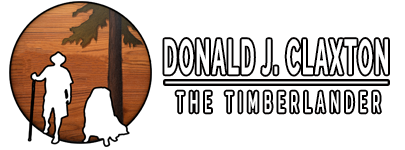

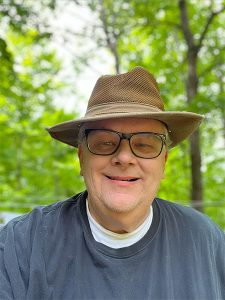
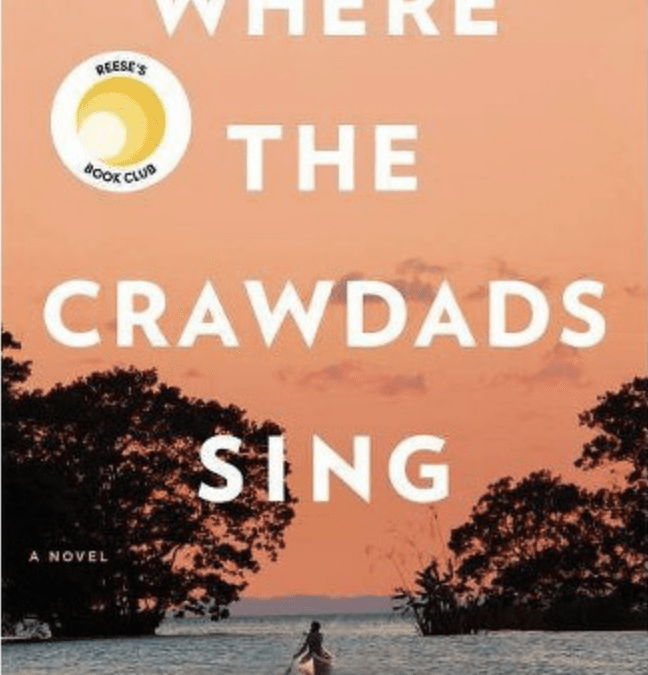
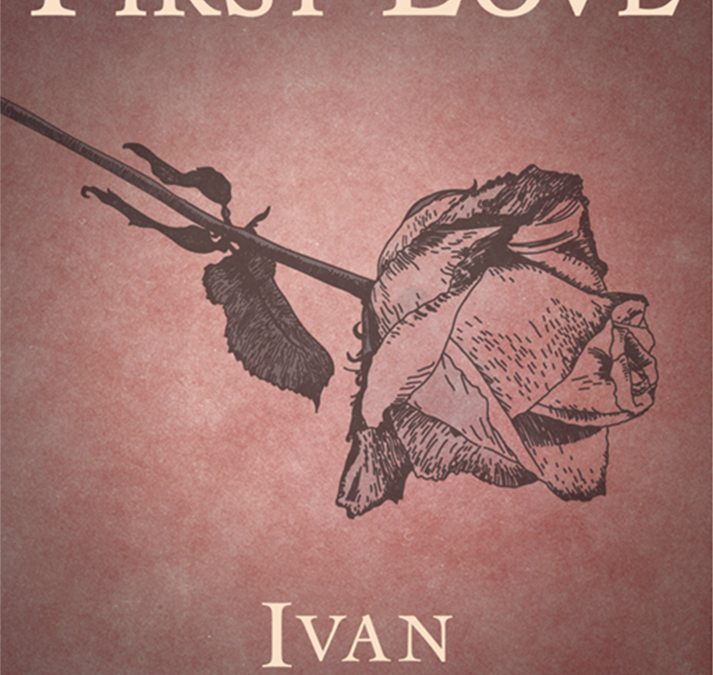
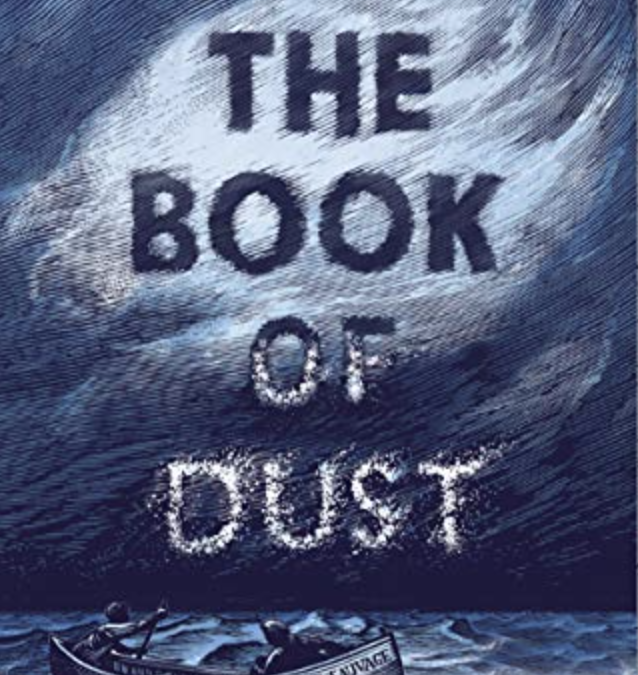
0 Comments